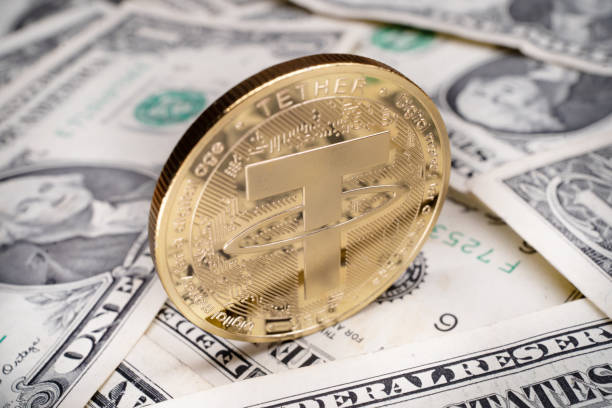Tether, the world’s largest stablecoin issuer, has held talks about investing in gold mining, exploring how to channel its vast crypto profits into one of the world’s oldest stores of value.
According to four people familiar with the matter, the company has been in discussions with mining and investment groups about potential deals spanning the entire gold supply chain. These include mining, refining, trading, and royalty companies.
The move marks a new chapter for Tether, which has already taken steps into gold-related investments.
Gold Meets Crypto
Gold has been seen as a reliable store of value for thousands of years, while bitcoin has only been around since 2009. Yet, some industry leaders are drawing links between the two.
Paolo Ardoino, Tether’s chief executive, recently referred to gold as “natural bitcoin”. Speaking in May, he said: “I know people think that bitcoin is ‘digital gold’. I prefer to think in bitcoin terms — I think gold is our source of nature.”
However, the reaction from the conservative gold mining sector has been cautious. “They like gold. I don’t think they have a strategy,” one mining executive commented. Another industry insider added: “It is the weirdest company I have ever dealt with.”
Billions in Profits, Billions in Bullion
Tether operates the USDT stablecoin, pegged to the US dollar, which has a market capitalisation of $168bn and is the most traded cryptocurrency in the world. The company earned $5.7bn in profit in the first half of this year, mainly from interest on US Treasuries it holds as backing for USDT.
Tether is already a major player in gold. Its financial statements show $8.7bn worth of bullion stored in a Zurich vault, used as collateral for its stablecoin.
In June, its investment arm paid $105mn for a minority stake in Elemental Altus, a Toronto-listed gold royalty firm. Just last week, Tether invested a further $100mn into the same company as it announced a merger with rival EMX. Juan Sartori, head of business initiatives at Tether, said the move was part of the company’s plan to expand its “gold exposure”.
The firm has also held talks with Terranova Resources, a gold investment vehicle in the British Virgin Islands, though those discussions did not lead to a deal.
Digital Gold Tokens and Trade Finance
Tether runs XAUt, a token backed by physical gold, though its market capitalisation stands at $880mn — far smaller than USDT.
Beyond gold, Tether has built a significant position in commodity trade finance, offering short-term funding for raw material cargoes. Insiders say its trading book has already grown into the billions.
Other companies are also exploring ways to connect gold with digital assets. Blue Gold, a Nasdaq-listed firm with a contested Ghanaian mine licence, plans to launch tokens linked to future gold output. Its chief executive, Andrew Cavaghan, said: “I believe a gold-backed token could really take off globally as a form of currency, because people can really feel how real it is — because they can convert it into stuff, or they can convert it into gold.”
A Calculated Experiment or a Risky Diversion?
Tether’s growing push into gold reflects both its financial strength and its willingness to move into new sectors. With billions in profit and vast holdings in both Treasuries and bullion, the company is in a position to diversify.
But questions remain. Industry insiders doubt whether Tether has a clear strategy, and the scepticism from traditional gold executives shows just how unconventional this move is.
From a journalist’s perspective, Tether’s gold experiment sits at an intersection of old and new finance. It could strengthen the link between crypto and physical assets, or it could turn into a costly distraction. For now, the only certainty is that Tether’s expansion into gold will be closely watched — both by the crypto world and the traditional commodity markets.


